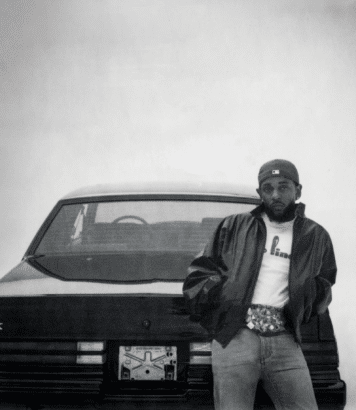BMW Neue Klasse: the electric and software platform that will revolutionize the industry by 2025

Electricity is no longer just a battery race. BMW is pushing a different, more systemic vision with its Neue Klasse.
The Bavarian automaker promises concrete, measurable progress. BMW is targeting gains in battery, architecture and experience.
Neue Classe: a breakthrough designed for real-life use
The project tackles the limits of current vehicles. The platform is based on an
On a day-to-day basis, everything changes as soon as you plan a trip. BMW promises a clearer, more proactive interface. For example, the Panoramic Vision head-up display brings together the essentials. The driver keeps his eyes on the road, without information overload.
“The Neue Classe wants to convert every plugged-in minute into useful kilometers, without compromising on usage.”
Gen6 batteries, 800 V and new interfaces
Gen6 cells adopt a high-density format. According to the brand, they target more energy per liter and fewer losses. In addition, the 800 V architecture reduces heat and improves sustained power. The benefits are most apparent on freeways and at superchargers.
BMW – Neue Klasse. Two lines to locate the essentials: Gen6 battery, 800-volt architecture, targeted range of up to 805 km, and recharging up to 400 kW. The new-generation sedan and SUV set a new standard for efficiency.
- 800 V architecture for faster loads
- Energy-dense Gen6 cells
- Target range of up to 805 km depending on version
- Rated charging power up to 400 kW
- Redesigned interfaces to reduce distractions
Thermal management becomes central. For example, preconditioning adapts the temperature before each stop. What’s more, the algorithm targets the fastest available terminal. The gain is measured in minutes saved over a long journey.
Field comparisons: what the competition promises
BMW – iX3 50 xDrive. This SUV boasts
Tesla – Model Y GA AWD. The WLTP range climbs to 622 km, with a charging power of 250 kW. The segment’s benchmark is therefore based on ease of use and a dense network.
Audi – Q6 e-Tron quattro. The
When it comes to these technical specifications, the battle goes beyond numbers. BMW wants to reconcile efficiency, charging speed and a smooth interface. Real-time energy management is also becoming increasingly important. Customers are aiming for less waiting and more useful kilometers.
Useful range, habitability and charging rate
Mercedes – GLC 400 4Matic. The rear trunk offers 570 l, the front 100 l, on the MB.EA platform at 800 V. This means that recharging can recover 300 km in 10 minutes, making it practical for the road.
In use, the difference often comes from charging consistency. A stable curve saves time at the terminal. BMW is working on this point with its thermal and software management. As a result, the promise can be evaluated over a Paris-Nice race in the middle of winter.
Industrial impact, timetable and reliability issues
The roadmap for 2025 and beyond is becoming clearer. The first production runs should pave the way for ramp-up. In addition, sites dedicated to cells and modules have been announced. BMW wants to secure supplies and reduce costs.
Reliability remains a key issue. Gen6 cells will be validated over millions of kilometers. Tests include aging in real-life conditions and safety. BMW is looking for a balance between density, durability and cold-weather performance.
Software becomes the keystone. As a result, remote updates correct and enhance the experience. In addition, navigation must anticipate wind, temperature and terminal occupancy. BMW relies on this orchestration to meet its objectives.





No comments
Post a comment
Always participate in accordance with the law and with respect for others.